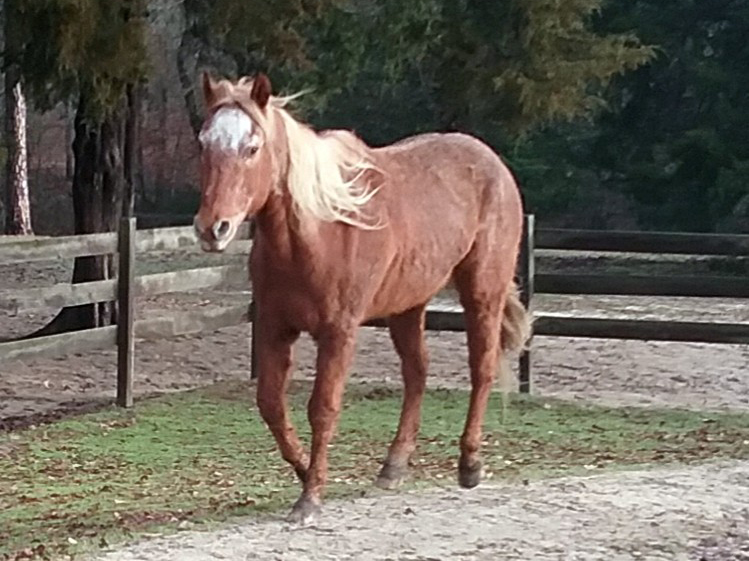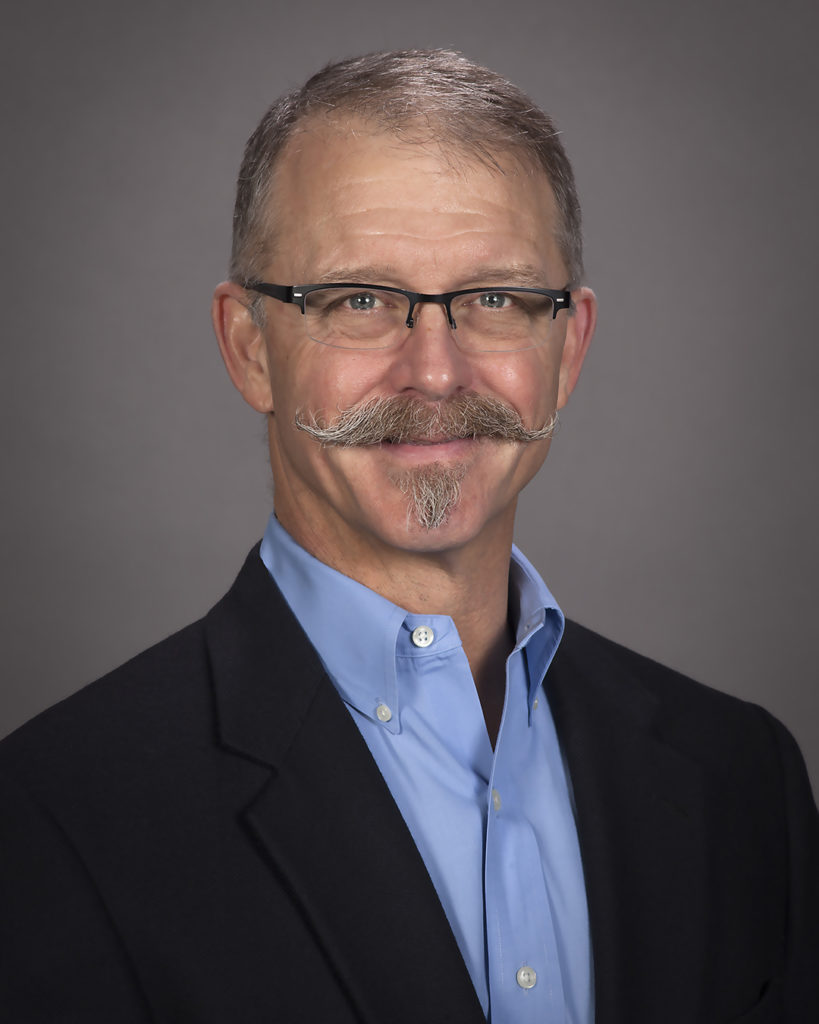Big Choices: How TAMU Innovation Transformed Equine Fracture Treatment
Story by Margaret Preigh, CVMBS Communications

In 1998, discovering a horse in the field with a fractured pastern joint was a grim affair, especially for an owner like Ake Eriksson, who says his horses are more family members than animals.
Unfortunately that’s what happened on June 19 of that year, when Eriksson learned that his horse, Choices Unlimited, had a shattered bone in his right-hind pastern (the joint above the hoof). The injury was first diagnosed by Eriksson’s primary veterinarian, Dr. Conrad Nightingale, of Hill Country Vet Hospital in Bandera.
Eriksson still remembers his conversation with Nightingale that day.
“Dr. Nightingale told me, ‘Ake, the short pastern bone is in multiple pieces, and I cannot save your horse. However, I have explained the situation to Dr. Watkins at Texas A&M, and he believes that he can help us. I will be up at your ranch in 30 minutes and when I get there you must decide on one of two options—either I put him down or we splint his leg and get him to A&M,’” Eriksson recalls.
A New Technique
At that time, Dr. Jeffrey Watkins, a professor of large animal surgery at the Texas A&M College of Veterinary Medicine & Biomedical Sciences (CVMBS), and his colleagues at the Texas A&M Veterinary Medical Teaching Hospital (VMTH) had been refining a new technique to reconstruct and allow the bone to heal using two metal bone plates and strategically placed screws.
In his conversation with Nightingale, Watkins said he believed this procedure could save Eriksson’s horse. Eriksson was on board immediately.
“I told him I do not need 30 minutes to make that decision,” Eriksson said. “We splint his leg and get him to Dr. Watkins.”
According to Watkins, the most common treatment option at the time was to cast the horse’s leg, an often unsuccessful and painful remedy.
“With that technique, where the injured limb was simply put in a cast, there was a high rate of complications, many of which resulted in the horse not surviving,” Watkins said. “If, by luck, the horse survived, they were usually quite lame for the rest of their life; only rarely could they be ridden again.”
On June 25, Choices became the 11th horse to be treated with a double plate fixation at the VMTH. The procedure was successful, and Choices is still functionally sound and doing well today, 22 years later.
Leading The Way

While Watkins said that Texas A&M veterinarians were not the first to perform a double plate fixation to repair severe fractures of the middle phalanx (short pastern bone), “collectively, I think Texas A&M can take a lot of credit for validating this procedure, refining it, and teaching it to the vast majority of equine surgeons in the country.”
This is important, as it has taken this type of injury from having a very poor prognosis to being fixable.
“Not only are the outcomes of a double plate fixation substantially better than casting, but it also results in far fewer complications, the horse has a shorter recovery time, and is more comfortable much sooner,” Watkins said.
“This procedure is more successful because by reconstructing the fracture and fusing the pastern joint using two plates, stability is restored to the region so the fragments are rigidly fixed in position. That restores comfort to the horse and reduces a lot of complications,” he said. “In addition, it facilitates healing of the fracture, and once healed, increases the likelihood that the horse can be ridden again.”
Double plate fixation is now the standard of care for severe fracture of the middle phalanx, and Watkins and his colleagues at the VMTH have devoted a great deal of time and effort to raising awareness of this treatment option.
“Texas A&M was at the front end of the curve, from the standpoint of the procedure becoming known to the general practicing veterinary population,” Watkins said. “I’ve presented this material and taught this technique to virtually every equine surgeon who has taken an equine fracture fixation course in the U.S. over the past 25 years. In addition, I’ve taught the technique at courses in Europe as well and given webinars on it, which have been viewed by veterinary surgeons worldwide.”
Sharing Knowledge
Even today, Watkins’ work continues in educating veterinarians who may not be aware of advancements in the treatment of these types of injuries.
“One of our greatest challenges, even today, is that there are still veterinarians, even some who are trained surgeons, who have the opinion that these fractures are not repairable or are unaware of this technique,” Watkins said.
This is a frustrating reality for Watkins, who says he has seen horses go without treatment simply because their owners were unaware of the available options.
“We need to continue working to educate both horse owners and veterinarians about the available options to treat these and other fractures in the horse,” Watkins said. “There continues to be a perception that when a horse breaks his leg, nothing can be done, but there are many fractures that can be repaired today.”
Just as was the case with Choices, a simple inquiry revealed an option for treatment that allowed his owner to make the easy decision to pursue therapy. Tertiary-care hospitals, where special expertise, equipment, and facilities are available, can be great sources of information and provide care that otherwise might not be available.
“At Texas A&M, we are extremely fortunate to have the expertise, equipment, and facilities to manage these most difficult cases,” Watkins said.
Lasting Trust
Eriksson, who says he would do anything for his animals, is still satisfied with his decision to take Choices to Watkins all the way back in the summer of 1998.
“I swear by Texas A&M, but my whole experience is with Dr. Watkins and Choices,” Eriksson said. “I would trust him on anything after what he had accomplished with my horse. That was the reason why Dr. Nightingale in Bandera contacted him. He must have known that Dr. Watkins knew what he was doing.”
Eriksson has since moved Choices and his Bald Eagle Ranch operation to South Carolina, boasting that since his ranch’s incorporation in 1994, he has never sold a horse. His animals truly are family, a family he trusts Watkins to treat.
“If I had a horse with a broken leg here in Camden, I would still take that horse to Texas A&M to Dr. Jeff Watkins,” Eriksson said. “I have absolutely, totally, 100% confidence in Dr. Watkins.”
###
For more information about the Texas A&M College of Veterinary Medicine & Biomedical Sciences, please visit our website at vetmed.tamu.edu or join us on Facebook, Instagram, and Twitter.
Contact Information: Jennifer Gauntt, Director of CVM Communications, Texas A&M College of Veterinary Medicine & Biomedical Sciences; jgauntt@cvm.tamu.edu; 979-862-4216


